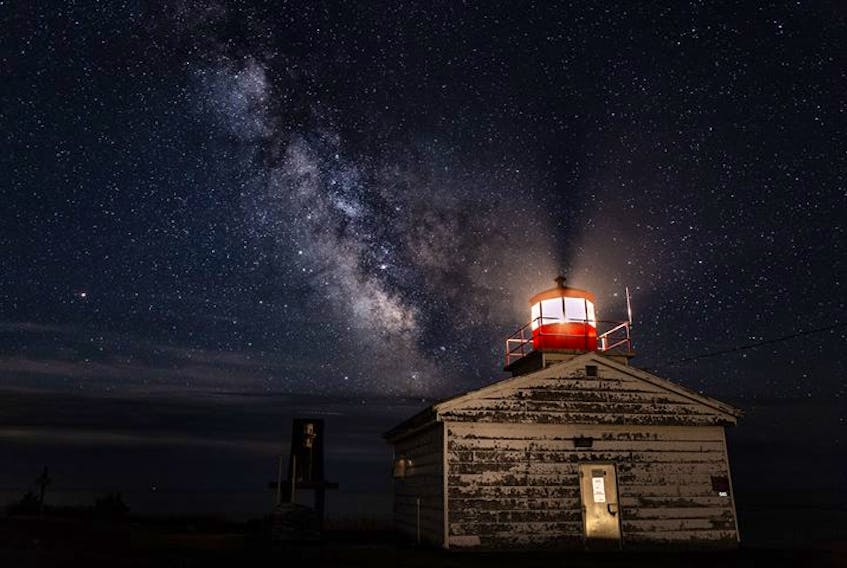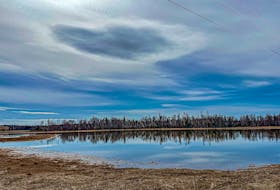Earlier this month, I had the pleasure of spending some time on the family farm in Bainsville, Ont. I’m not sure what the population of Bainsville is these days, but, to quote the old joke, “if you blink on your way by, you might miss it.”

The farm house sits on the 2nd Concession. The road is not paved and probably never will be. There are no street lights or stop lights and that’s what makes it magical.
If you’re an amateur backyard astronomer you probably know all about light pollution; in Bainsville, it doesn’t exist.
One night, after the mosquitoes chased us inside, I went back out to take some clothes off the clothesline. I hadn’t turned on the veranda light so it was pitch black out. I looked up and couldn’t believe my eyes. The stars and planets looked like raw diamonds scattered on a black velvet cloth.
The night sky is magical even if you do have to deal with some light pollution. On any clear night, it offers an ever-changing display of stars and constellations, bright planets, often the moon and sometimes special events like meteor showers.
Observing the night sky can be done with no special equipment but does require a little co-operation from Mother Nature.
This weekend, weather permitting, there will be two conjunctions in the evening sky.
Conjunctions, or planetary alignments, occur when two or more planets appear very close together.
Starting around 9 p.m. Saturday, July 14, look for the young crescent moon low in the western sky. Then with the help of binoculars, you should be able to spot Mercury; it should be a little more than one finger width held at arm’s length below the moon. The planet will become easier to see as the sky grows darker, until about 10 p.m. local time, just before it sets.
Then on July 15, the young waxing crescent moon will be very close to Venus – just to the right of it. You’ll also find Regulus, the brightest star in Leo, just below the pair and a little to the right.
Depending on where you are, there will be some cloud around Saturday evening into Sunday. Most of us might have to wait until Sunday evening to check out the conjunction.
Happy sky watching!
- Want more weather information? Visit WeatherByDay.ca
- Have a weather question, photo or drawing to share with Cindy Day? Email [email protected]
Cindy Day is the chief meteorologist for SaltWire Network.









